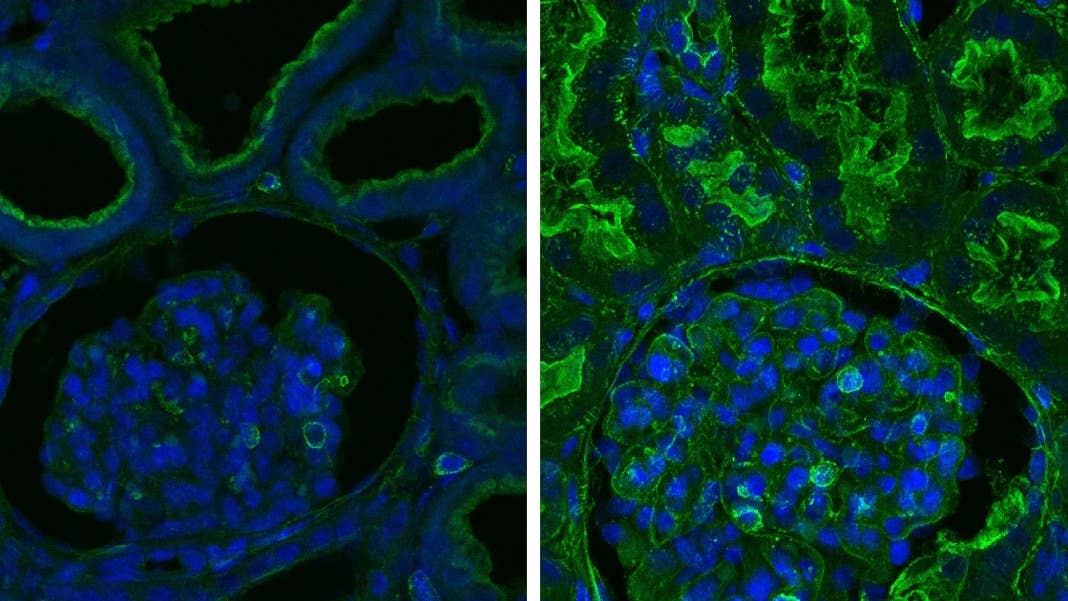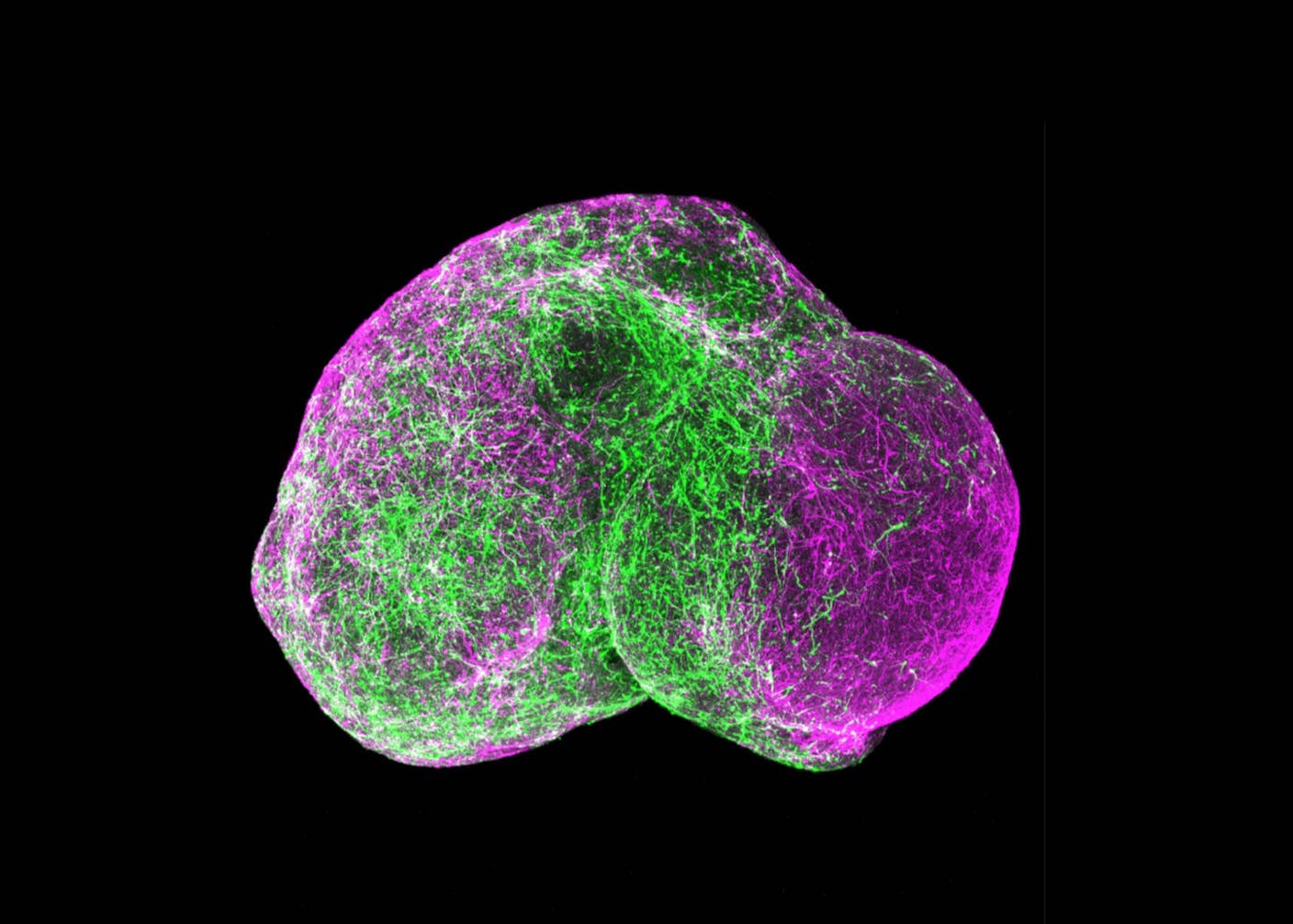How Scientists Revived Organs in Pigs an Hour After They Died

Share
Oxygen is the elixir of life. Stop its flow—during a stroke, heart attack, or death—and the body’s tissues respond in a biological storm that eventually leads to their death.
It’s not great for organ transplants. Most donated organs struggle to survive beyond death. Deprived of oxygen, they rapidly lose their function. Cells turn into acidic, bloated blobs that leak, injuring their neighbors. The immune system ramps up, pumping out a deadly concoction of hormones and immune chemicals that send the brain and immune system into hyperdrive, damaging most organs in the process. In other words, once death sets in, there’s no turning back.
Or is there?
A new study in Nature suggests there might be. Using an external circulation system, a team of scientists partially revived organs in pigs hours after their deaths. The system, dubbed OrganEx, works like an alternative circulatory system. Instead of blood, it pumps a synthetic substitute to trick the body into thinking it’s still somewhat alive.
To be clear, the scientists didn’t make porcine zombies. Although the blood replacement recipe helped to preserve some brain tissue, it didn’t reactivate any coordinated electrical activity in neurons. In other words, it’s extremely unlikely that the pigs regained any consciousness during the procedure. But other bodily organs did get a potential boost for a second life. Cells in the heart, liver, and kidneys repaired themselves based on multiple molecular analyses.
The goal isn’t to build a new-age Frankenstein. Rather, it’s to help with the current organ transplant shortage and health emergencies caused by constricted blood flow. “The achievement points to ways to improve transplants and the treatment of strokes and heart attacks,” wrote Dr. Robert Porte at the University of Groningen in the Netherlands, who was not involved in the study.
It’s not the team’s first foray into reviving dead organs. Back in 2019, they triggered brain activity in pigs four hours after their passing, sparking a firestorm on how to define death. “For most of human history, death was very simple…now, we have to question what is irreversible,” said Dr. Christof Koch, president and chief scientist at the Allen Institute of Brain Science at the time.
“This is a truly remarkable and incredibly significant study. It demonstrates that after death, cells in mammalian organs (including humans) such as the brain do not die for many hours,” said Dr. Sam Parnia at New York University, who was not involved in the study.
Rebooting the Brain
The first bits of death aren’t pretty. When cells are deprived of oxygen, their inner molecular processes go topsy-turvy. The process is dubbed ischemia, which means a lack of blood that normally carries oxygen. Like a valley of crops without water, it’s a bad sign: ischemia to the heart can trigger a heart attack; to the brain, a stroke.
The solution should be easy. Add more oxygen to the cells, like water to crops, and they should perk right up.
Not quite. With trial and error, scientists realized that pumping oxygen-deprived tissue—say, a brain or heart—with oxygen-rich blood causes more injury. It’s like suddenly overwatering a dried-out cactus and rotting its roots.
We’re still not quite sure why this happens, but scientists have been cooking up ideas. A first breakthrough from the same team came in 2019, when they developed a technique called BrainEx to help restore some neural function in 32 pig heads after 6 hours of depleted oxygen. Pumping a warmed-up preservative liquid into the brain’s arteries, the brain cells showed normal metabolic activities and kept their structure—which would normally collapse in death. Individual neurons also sparked with electrical bursts, but the brains didn’t show any signs of sophisticated neural activity or awareness.
Yet the results sparked an idea for study author Dr. Nenad Sestan at Yale University. The brain is an exceptionally delicate organ susceptible to lack of oxygen. If we can somewhat reboot it, why not do the same for organs throughout the body?
“If you can regain some function in a dead pig brain, you can do it in other organs, too,” he said.
Everything, Everywhere, All At Once
Let’s backtrack.
Upon death, the heart stops pumping. This means that all tissues are starved of oxygen and nutrients, and even after reperfusion with blood, they wither away. Their protective membranes break down. Organs lose their structural integrity.
The trick to keeping tissue healthy is a special fluid called cryoprotective perfusate. Think of it as an incredibly nutritious smoothie that goes straight into your blood circulation. Or biological liquid gold. The authors have a recipe: Hemopure, a chemical that mimics proteins in red blood cells to help carry oxygen; chemicals to protect against blood clots; and a wealth of nutrients to protect cells against damage.
Be Part of the Future
Sign up to receive top stories about groundbreaking technologies and visionary thinkers from SingularityHub.


But protecting the entire body is a much larger job than just preserving some neural function. In the new study, the authors made a few tweaks to their recipe. A main one was adding components that help keep the immune system in check. Another was a sprinkling of electrolytes to help dying tissues, and changing the type of antibiotics. They dubbed their new technology OrganEx.
To transfuse the “artificial blood,” the team rigged up an automated system that pumps the perfusate into the pigs’ bloodstream. They had all died from cardiac arrest an hour earlier and did not have a pulse. The team pitted their OrganEx system against the gold standard of care—ECMO, or an extracorporeal membrane oxygenation machine—that hospitals use as a hail-Mary attempt for people struggling with oxygen, for example, Covid-19.
Six hours later, they checked the results. ECMO wasn’t able to properly provide oxygen to all organs. Some of the smaller blood vessels had collapsed. In contrast, animals treated with the OrganEx system had few problems with electrolytes or acidity, which are common issues with decaying cells. Digging deeper, three types of brain cells seemed to preserve better in the prefrontal cortex (a brain region at the front of your head important for reasoning and other executive functions).
Going beyond the brain, the team next tested OrganEx on a whole slew of bodily organs, such as the heart, lungs, liver, kidneys, and pancreas. The system seemed to kick circulation back into gear, with oxygen flowing to tissues in the body. Some parts of the organs took up glucose, a type of sugar cell often used for metabolism. The livers of OrganEx-treated pigs also pumped out a normal protein, unlike those under ECMO. The cells’ genetic programming also came back to life, ramping up genes involved in cellular repair and restoration.
“Under the microscope, it was difficult to tell the difference between a healthy organ and one which had been treated with OrganEx technology after death,” said study author Dr. Zvonimir Vrselja.
If You Can’t Tell, Does it Matter?
Yes, it does. Although OrganEx helps revitalize pigs’ organs, it’s far from a deceased animal being brought back to life. Rather, their organs were better protected from low oxygen levels, which occur during heart attacks or strokes.
“One could imagine that the OrganEx system (or components thereof) might be used to treat such people in an emergency,” said Porte.
The technology could also help preserve donor organs, but there’s a long way to go. To Dr. Brendan Parent, director of transplant ethics and policy research at NYU Grossman School of Medicine, OrganEx may force a rethink for the field. For example, is it possible that someone could have working peripheral organs but never regain consciousness? As medical technology develops, death becomes a process, not a moment.
“This situation is known in medical communities as the ‘bridge to nowhere’, and has already become more common with increased use of ECMO in ECPR [extracorporeal cardiopulmonary resuscitation],” wrote Parent.
For now, the study suggests that tissues and organs have a surprising ability to regenerate after being deprived of blood. “Overall, further optimization and expansion of our technology will be needed to fully understand its broader effects on ischemic tissues and recovery,” the authors said.
Image Credit: David Andrijevic, Zvonimir Vrselja, Taras Lysyy, Shupei Zhang; Sestan Laboratory; Yale School of Medicine. OrganEx restores tissue functions one hour after death; the kidneys regain their structure.
Dr. Shelly Xuelai Fan is a neuroscientist-turned-science-writer. She's fascinated with research about the brain, AI, longevity, biotech, and especially their intersection. As a digital nomad, she enjoys exploring new cultures, local foods, and the great outdoors.
Related Articles

AI Can Now Design Proteins and DNA. Scientists Warn We Need Biosecurity Rules Before It’s Too Late.

Kids With Spinal Muscular Atrophy Show Dramatic Improvement With FDA-Approved Gene Therapy

Five-Year-Old Mini Brains Can Now Mimic a Kindergartener’s Neural Wiring. It’s Time to Talk Ethics.
What we’re reading